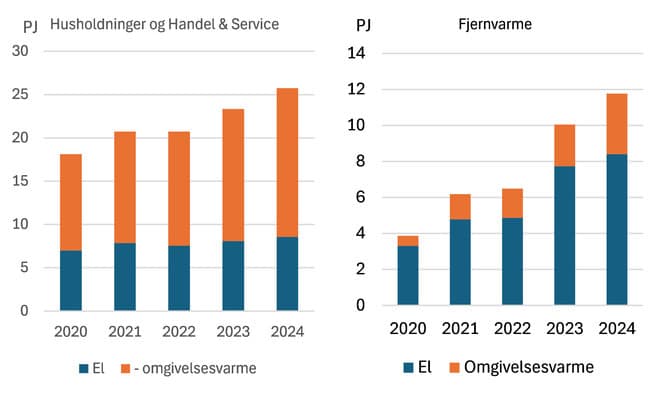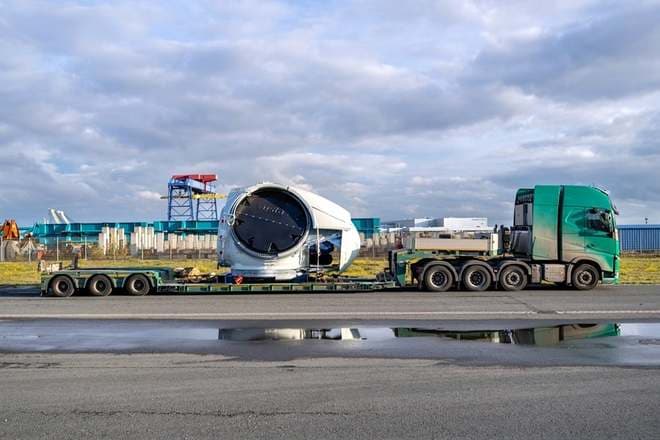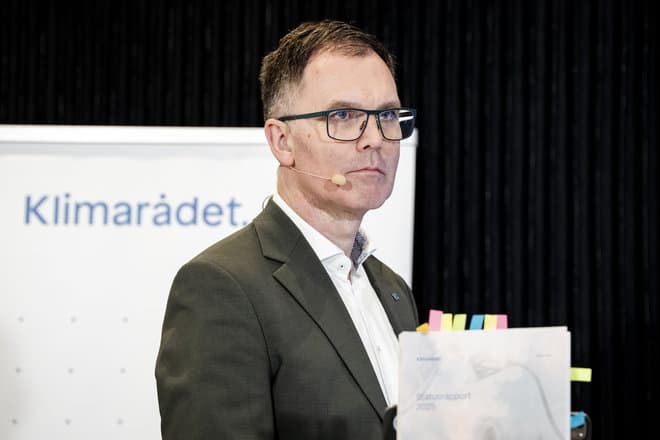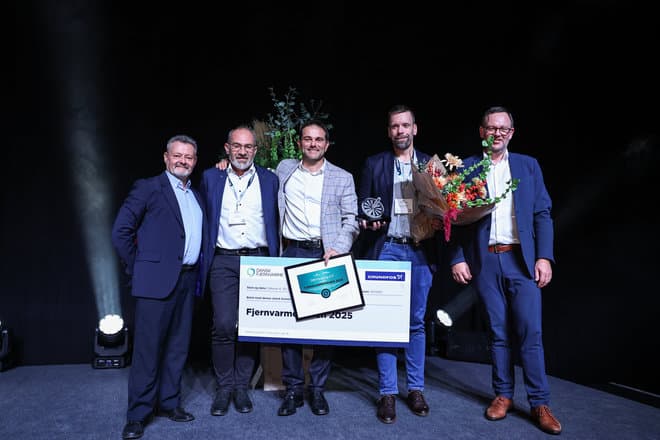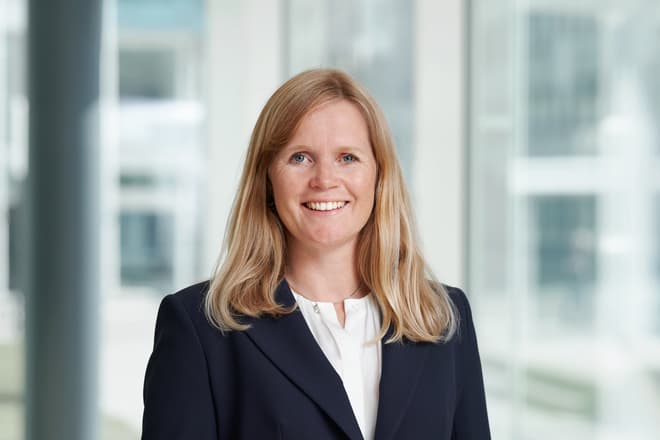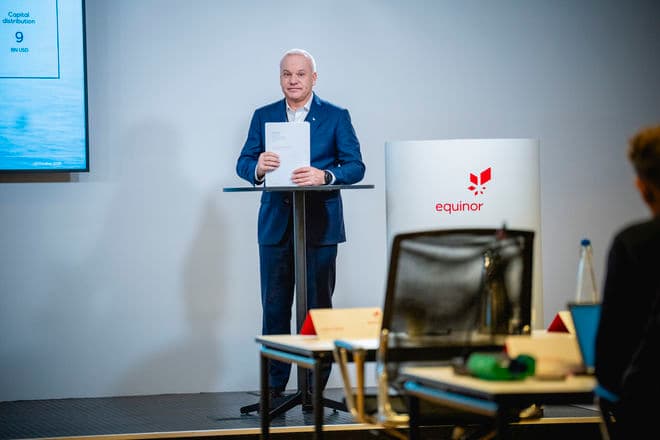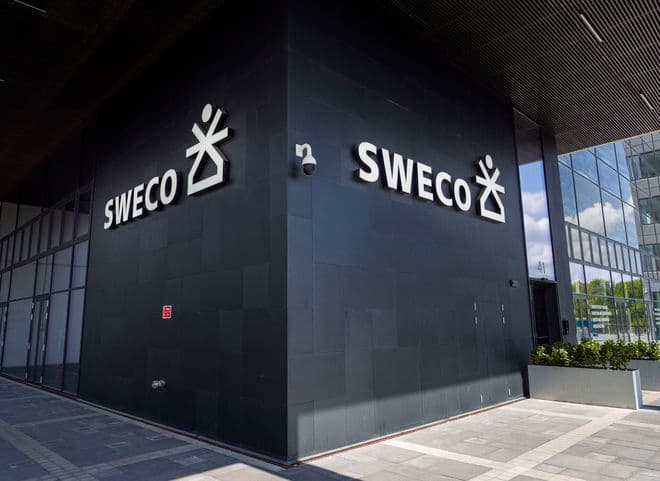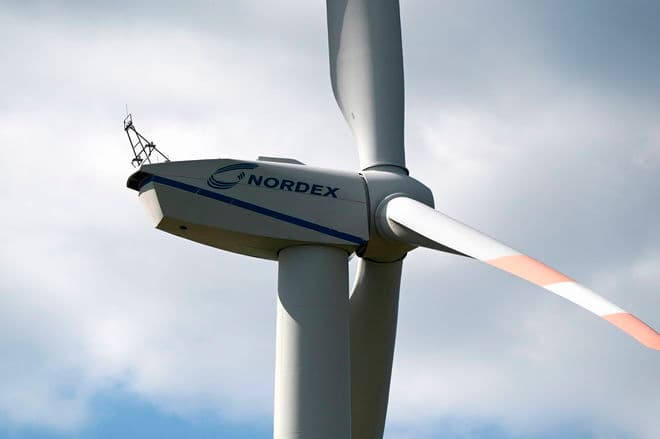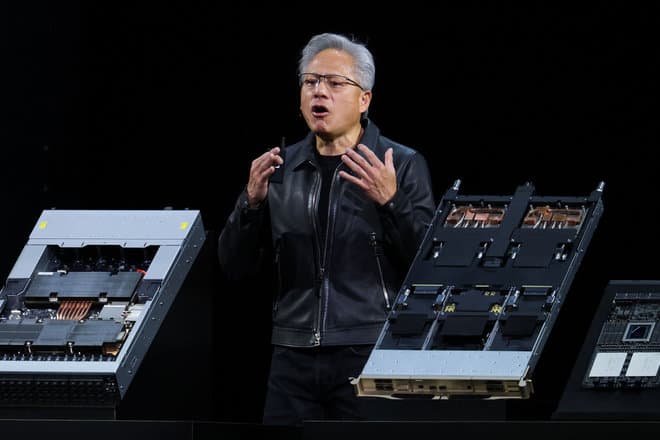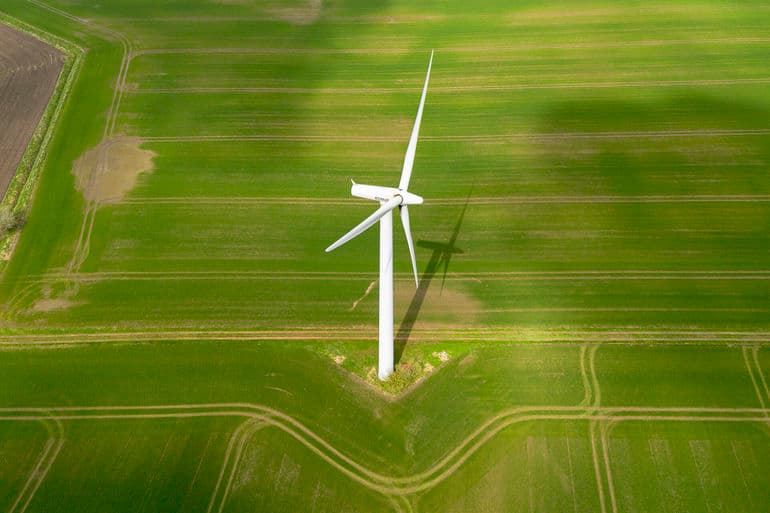
When the country's local councils have to agree on the location of wind turbines, the choice most often ends up on a location on the municipal border, where the fewest of the municipalities' own citizens are bothered.
This is shown by preliminary results of several years of studies, which researchers from, among others, Aarhus University are behind.
One of the researchers is Martin Vinæs Larsen, associate professor at the Department of Political Science at Aarhus University. He tells TV 2 that consideration for one's own citizens is absolutely crucial for where the up to more than 250 meters high wind turbines will be located in the landscape.
- When building wind turbines, it's not just about where there is the most wind. It is largely a political calculation, where politicians try to affect as few of their own citizens as possible, he says.
Democratic inequality
However, research points to democratic inequality when wind turbines are placed at the municipal border.
Because where consideration is taken for one's own citizens, there may be citizens on the other side of the municipal border who live relatively close to the new wind turbines, but have no influence on the location.
- It is unfair based on the principle that those who are affected should also have the opportunity to influence, says Martin Vinæs Larsen to TV 2 and suggests a solution where the regions or the state play a greater role in where the wind turbines are placed, or that the neighboring municipalities are given more power to block wind turbine projects.
lal
Text, graphics, images, sound, and other content on this website are protected under copyright law. DK Medier reserves all rights to the content, including the right to exploit the content for the purpose of text and data mining, cf. Section 11b of the Copyright Act and Article 4 of the DSM Directive.
Customers with IP agreements/major customer agreements may only share Danish Offshore Industry articles internally for the purpose of handling specific cases. Sharing in connection with specific cases refers to journaling, archiving, or similar uses.
Customers with a personal subscription/login may not share Danish Offshore Industry articles with individuals who do not themselves have a personal subscription to Danish Offshore Industry.
Any deviation from the above requires written consent from DK Medier.







